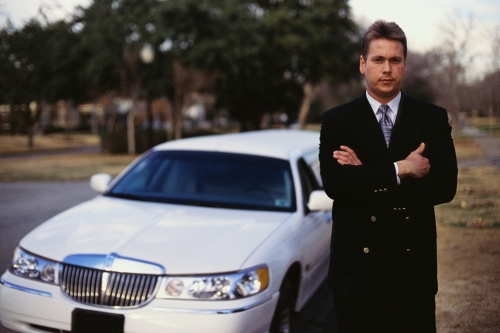
N.S. was allegedly injured when she was hit by a ride-sharing vehicle, operated by NR, while he was attempting to park.
After a personal injury case was filed as against N.R. and UBER USA LLC in Bronx County Supreme Court, the judge granted Uber’s motion to dismiss such parts of the case which sought to hold the company “vicariously liable” for N.R.’s actions under the “respondeat superior” doctrine.
Uber had argued that based on data from the Uber app, N.R. was offline at the time of the accident, and thus wasn't acting within the scope of his employment.
But on appeal, the Appellate Division, First Department, was of the view that there were triable issues of fact which precluded the grant of dismissal. Among other things, N.R. testified that he was driving for Uber that day and had planned to work for several hours. He also stated that he had picked up Uber customers before and after the accident and that he went offline on the app multiple times during his shift. This raised questions about whether he was still under Uber's "control" at the time of the accident.
Since the appellate court ultimately concluded that the evidence presented by Uber was insufficient to warrant relief in its favor, the underlying determination in the company’s favor was reversed, and the case was allowed to proceed.
Look who’s being taken for a ride, now ….
# # #
DECISION
